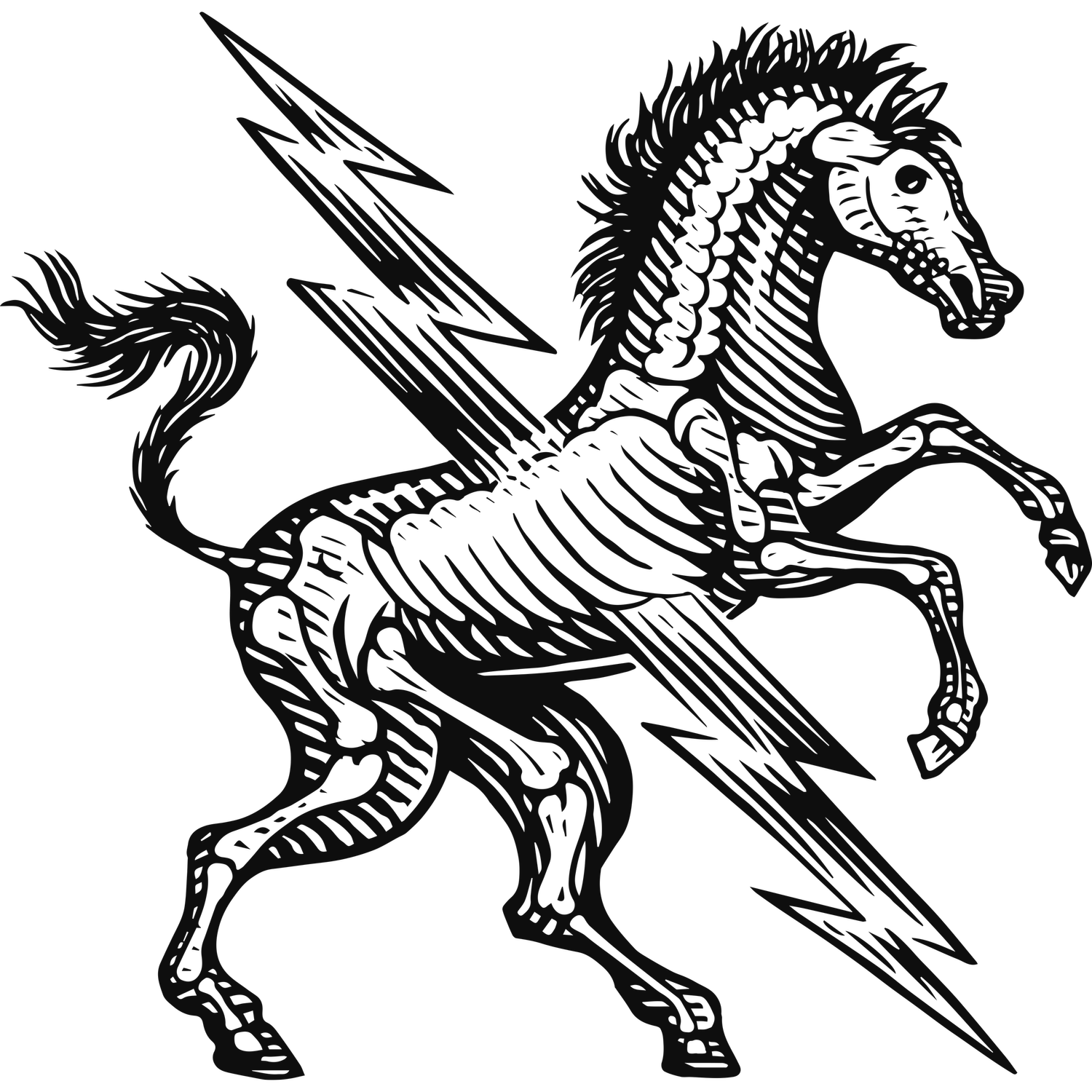Hospitality branding, agency. Hospitality & Typography
Like any sector, hospitality is full of all types of brands trying to communicate with all types of guests in all types of ways. You might be surprised how much type itself is an often overlooked way to do just that. Like many apparently simple things, it’s not always easy to get right, so here’s a look at a few approaches that might work for your hospitality brand and why.
1. Open wide
Unless you’re a type obsessed designer you’ve probably never noticed that there was a time when Marc Jacobs, Balenciaga, Aqua Di Parma, Reiss, Mr Porter, J Crew, Givenchy and others all shared the same (or subtle variants of the same) typeface across their wordmarks. Sackers Gothic, Engravers Gothic or other similar fonts like Sweet Sans are synonymous with high fashion and high quality. Set in all caps and often generously spaced out, it’s a style that can be leveraged to represent the finer things. The TV series Succession also recently used it across their titles to convey life at the top. So if your hotel, bar or restaurant is high-end, fashionable and commands attention, look no further than this tried and tested approach which can be seen working at The OWO, Belmond Hotels and Sofitel among many more.
2. Raise your hand
The use of handwritten type has long been shown to positively impact sales for brands, particularly when it comes to products on shelves. In tests, products with a dominant handwritten typeface are shown to sell up to 30% more than those without. Handwritten or cursive fonts give consumers the feeling of a human presence which can create a more emotional response or sense of attachment to the offer. It’s that response that can be put to work in the hospitality sector. According to a study published by the Journal of Business Research, results show that handwritten typefaces create a competitive advantage by influencing the perception that love is imbued in a restaurant’s offer, which in turn leads to a positive attitude towards the menu, enhanced perceived healthiness of the brand and higher social media engagement. So while this approach might not suit the positioning of all hospitality brands – we wouldn’t imagine Claridge’s taking this direction any time soon – if your offer is health focused, natural, warm and welcoming, trying your hand at something handwritten could give you a psychological edge over your competitors. Examples can be seen at Above at Hide, Leroy Shoreditch and Jolene in Newington Green whose painfully charming logo was written by a 6 year old.
3. Lighten up
Type with a lighter touch can go a long way when it’s part of a well positioned brand. What does your offer represent? Do your interiors have a minimalist aesthetic? Do you have a low-carbon footprint? Are your prices competitively set? Is your menu small and seasonal? If ‘less’ is part of your story, you can communicate exactly that with something as simple as the typographic decisions you make.
You’d be forgiven for thinking that sounds creatively limiting but it’s actually quite the opposite. Making a brand come to life with only a few perfectly considered ingredients often creates a far more memorable dish. From a clean sans-serif to a finely cut stencil to a delicate serif or a completely bespoke approach, the typographic options needn’t be limited either. Notable examples in the sector that do more with less are Apricity Mayfair, Rochelle Canteen Shoreditch and Nola Coffee in Peckham.
4. Run wild
Typography can also be used to define brands who want to stand out and aren’t afraid to carve their own lane. Like many sectors, hospitality is full of brands that share similar visual DNA and in some cases are almost indistinguishable from one another. Genuinely doing something different is daring because consumers are familiar with certain visual languages. On the whole, hotels brands look like hotels brands and restaurant brands look like restaurants brands but there are exceptions and it’s their approach to type that often leads the way. Implemented for the right reasons, typographic nonconformity can come to define an offer like no other single design element.
Park Lane Hotel in New York is led by a meandering, whimsical wordmark inspired by the hotel’s iconic facade and the nature of nearby Central Park. It was designed to stand out amongst a “sea of old-world sameness” in the sector and dominate the visual footprint of the brand.
Michelin starred Brat in Shoreditch backs up it’s odd name (Brat is actually named after the old English colloquialism for turbot, but who knows that?) with a tightly spaced, sharp, heavy, chisel-serif wordmark that looks better suited to a motorcycle brand than a refined fish restaurant, but it works. The perceived rebellious and mischievous nature of the brand name is further communicated by an intelligent approach to type.
And for a restaurant that’s really taken type and run with it, Di Beppe in Vancouver draws on iconic Italian cinema to create a confident and striking visual tone that’s suitably enthusiastic, loud and made entirely using one typeface that’s cleverly crafted into an assortment of graphic solutions.
Type is used in a unique way across any brand. While it directly communicates to your guests through written word, it also communicates visually. The first font was designed in 1440 and since then almost every style of type has been instilled with its own intrinsic value. What you say is important, so is how you say it, but making the right visual choices as to how your words are represented might be the most important brand decision of them all. Finding your type of type could make all the difference when it comes to attracting your type of guest.

